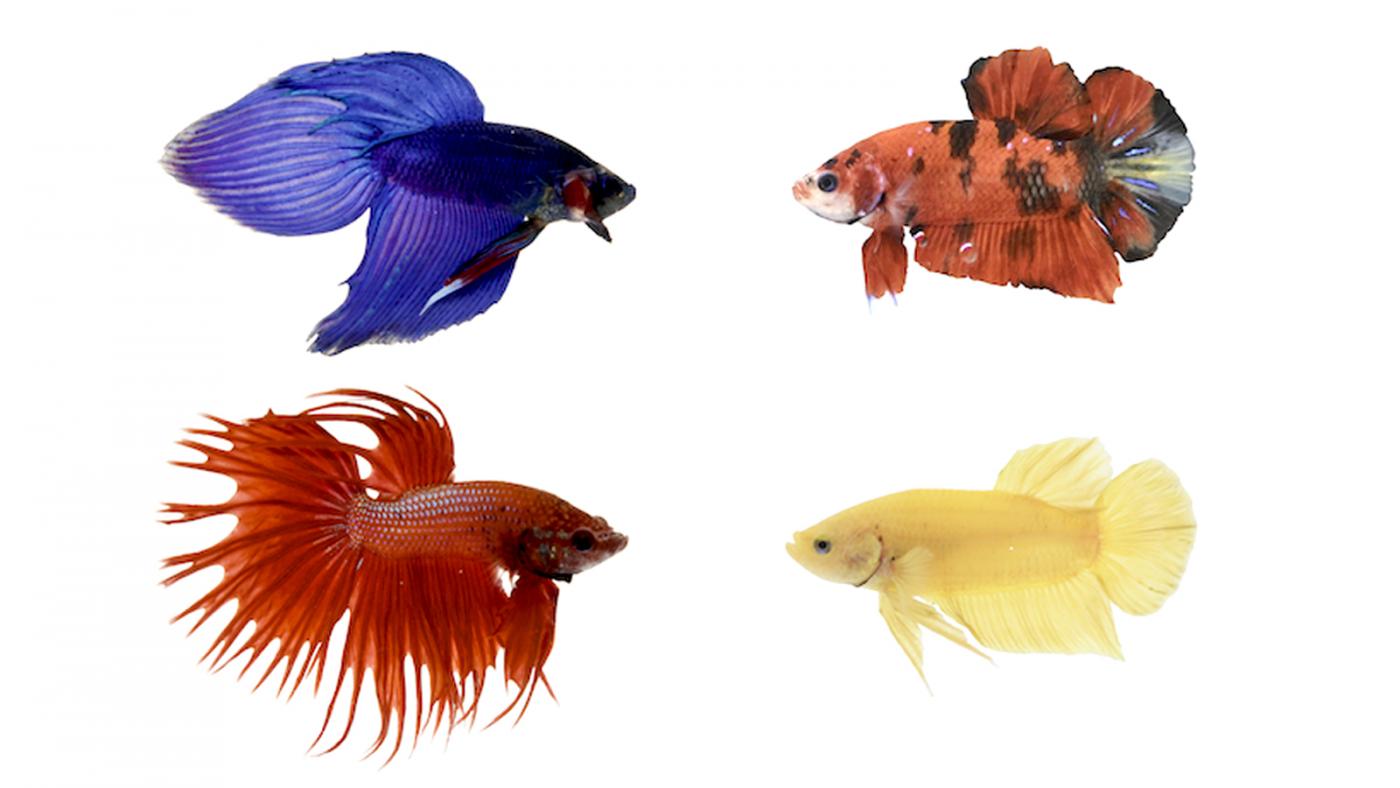Just How to Reproduce Betta Fish Successfully: Expert Strategies and Insights for Hobbyists Seeking To Expand Their Betta Collection
Reproducing Betta fish requires a nuanced understanding of genetics and environmental conditions, making it crucial for hobbyists to approach the process with both diligence and treatment. Developing an optimum reproduction environment, selecting the ideal sets, and observing the details of their courtship behaviors are foundational steps that can substantially influence the end result.
Recognizing Betta Fish Genes
Understanding the genetics of Betta fish is essential for successful breeding, as it influences characteristics such as color, fin shape, and habits. Betta fish display a diverse variety of shades and patterns, mainly established by their hereditary make-up. The main genetics in charge of pigmentation consist of the "B" gene for blue, "D" gene for red, and the "C" gene for color intensity. Dog breeders can adjust these attributes by picking details moms and dad fish that display preferred qualities.
Along with coloration, fin morphology is an additional substantial element of Betta genetics (betta fish). The sizes and shape of fins are influenced by numerous genetics, including those that identify whether the fins are brief, long, or veil-shaped. Recognizing these hereditary variations aids dog breeders predict the phenotypic outcomes of their children
Furthermore, behavioral attributes such as aggressiveness and territoriality can also be affected by genetics. These actions play a crucial role in the reproducing process, as they can influence spawning success and the total character of the resulting fry. By comprehensively recognizing these genetic principles, dog breeders can make informed choices, ultimately boosting their breeding programs and attaining desirable outcomes.
Preparing the Breeding Atmosphere
Creating an ideal reproduction atmosphere is essential for the successful recreation of Betta fish. The primary step in preparing this environment is to choose an ideal breeding container, ideally ranging from 5 to 10 gallons. This dimension enables enough swimming space and the establishment of regions. The tank ought to be equipped with a heating unit to keep a stable temperature level in between 78 ° F and 80 ° F, which is essential for motivating generating habits.
Next, think about the usage of a sponge filter or an air rock to give gentle water circulation without producing strong currents that can emphasize the fish. It is important to set up plants or reproducing cones to use concealing places and advertise convenience for the lady throughout the spawning procedure. Drifting plants, such as Java moss or water sprite, can additionally create a more native environment while assisting in bubble nest structure by the man.
Prior to presenting the reproducing sets, make certain the water is conditioned and devoid of harmful chemicals, such as chlorine or heavy metals. betta fish. Regular water changes should be conducted to keep optimum water top quality, boosting the opportunities of effective breeding. With these preparations in place, this content the breeding setting will certainly sustain the health and wellness and health of both Betta fish
Choosing Breeding Pairs
Selecting the right reproduction pairs is essential for achieving successful Betta fish reproduction. Healthy and balanced Betta fish exhibit vivid colors, here clear eyes, and energetic habits.
Personality is one more important factor to consider, as Betta fish are understood for their aggressive nature. It is suggested to choose a man and woman that show suitable characters to minimize anxiety during the reproducing procedure. A calm man can encourage a smoother courtship, while a woman that is too hostile may interrupt the procedure.
Genetic history also plays a considerable duty in the high quality of the spawn. Breeding fish that are genetically diverse can lower the risk of genetic wellness problems and improve the total vigor of the fry. It is helpful to research the lineage of both the man and lady, concentrating on desirable qualities such as fin kind, color patterns, and size.
The Reproduction Refine
The reproduction process of Betta fish needs mindful preparation and attention to detail to make sure an effective outcome. It is vital to prepare an appropriate breeding storage tank, preferably a 5-10 gallon fish tank with a temperature level maintained at 78-80 ° F. The tank should be geared up with a heating unit, filter (ideally sponge kind to prevent solid currents), and a lot of aquatic plants for the female to hide.
When the atmosphere is established, introduce the chosen breeding pair to the storage tank, enabling them to accommodate. Observe their behavior; the male will show intricate courtship routines, including flaring his fins and building a bubble nest. If the female shows interest, look these up she will display vertical red stripes showing preparedness for spawning.
When the female is responsive, the pair will certainly involve in a mating welcome, during which the male fertilizes the eggs. Keeping optimal water problems during this period is crucial for the advancement of healthy Betta fry.
Taking Care Of Betta Fry

Feeding Betta fry is important, as they need a diet regimen high in healthy protein. Initially, they can be fed infusoria or liquid fry food, transitioning to carefully smashed high-grade pellets as they grow. Feed tiny portions multiple times a day to encourage healthy growth without overwhelming the storage tank with leftover food.

As they mature, check their growth carefully and separate any kind of aggressive people to avoid harm. By supplying a nurturing atmosphere and proper nourishment, hobbyists can successfully increase Betta fry into vivid, healthy fish, inevitably improving their reproduction ventures.
Verdict
Effective Betta fish reproduction needs thorough interest to genetic choice, environmental problems, and care for the fry. By comprehending the genes of Betta fish and preparing a suitable reproduction environment, enthusiasts can improve the chances of creating vibrant, healthy children. Picking suitable breeding pairs and carefully keeping track of the courtship and spawning procedures are essential. Supplying optimum treatment for the fry ensures their healthy advancement, adding to a thriving Betta collection.